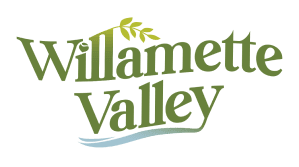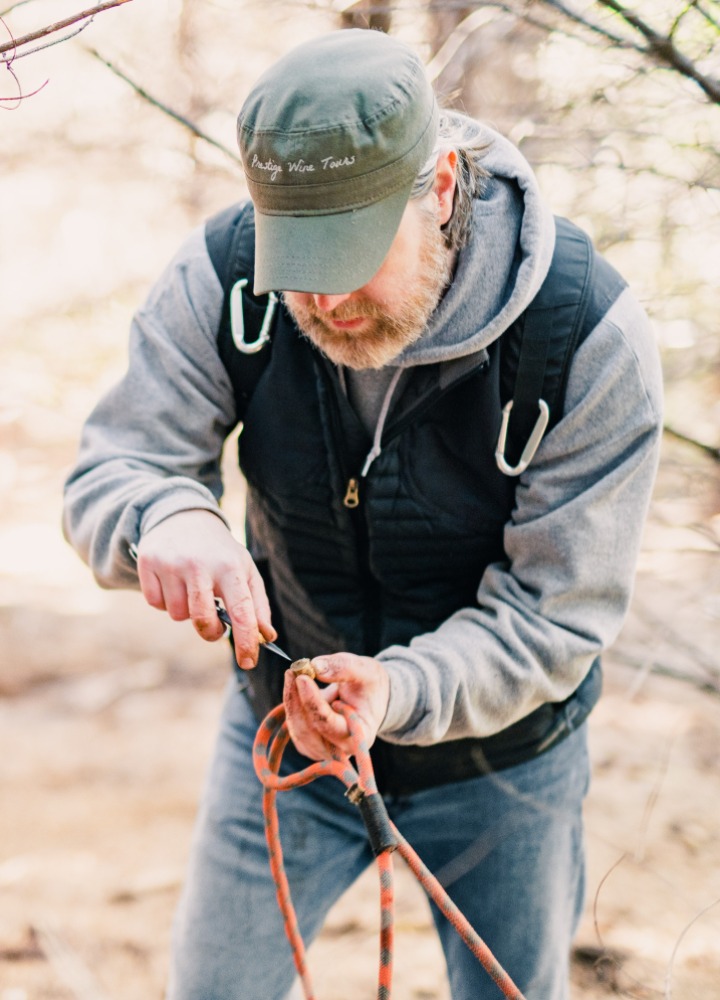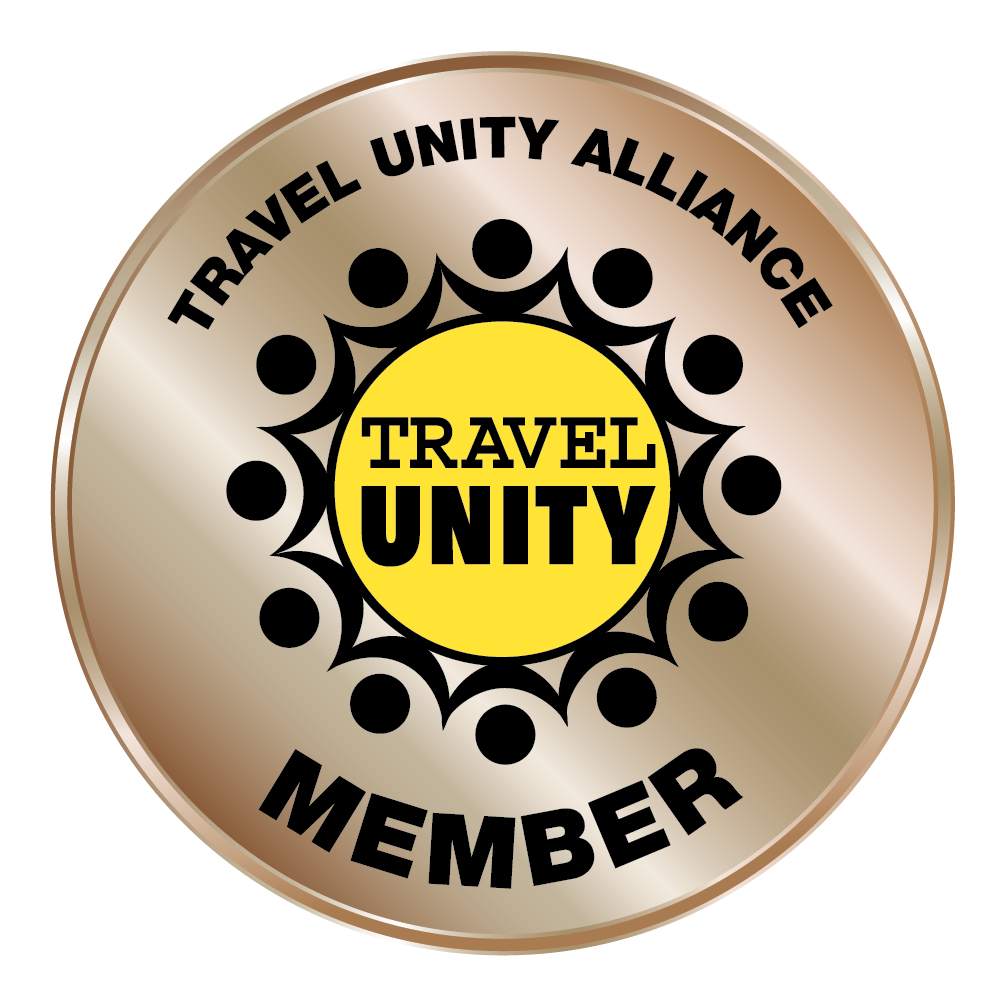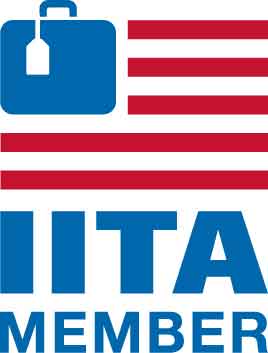Your Guide to Truffle Foraging in the Willamette Valley
Every fall and winter, eager foragers across the Willamette Valley leash up their specially trained dogs and head into fir forests across the region—where they hope to dig up Oregon truffles that will eventually appear on dinner plates and in wine pairings at some of our most cherished eateries.
If you’ve been counting down the days to truffle season in the Willamette Valley, you might want to track down the delicacy yourself. If so, here’s a guide to foraging for truffles in the Willamette Valley—what the hunt is like, some of the outfitters who can make it happen, and other ideas for more fully enjoying our beloved truffles.
Why You Should Forage With a Willamette Valley Guide
Technically, anyone can forage for truffles in the Willamette Valley—but it’s difficult without some help. Here’s how a guide can help you have a memorable experience:
Your guide understands the local climate, terrain, flora, and fauna—so they know where to look (and when) for ripe truffles. In some cases, they may have relationships with private landowners who open the forests on their property—and know which forests are especially fertile.
Specially trained dogs dig lightly (if they dig at all), leaving behind no trace of their presence and preserving the delicate ecosystem. These dogs are trained specifically to track down the scent of ripe truffles, so you won’t waste time digging where the delicacies aren’t.
Your outfitter knows their way around truffles and will be happy to offer tips on storing, caring for, and eventually eating your finds. And in most cases, they can tell you which nearby restaurants and wineries are serving truffle-infused dishes in case you’d like to deepen your experience.
Guided Truffle Foraging With Local Outfitters
If you want to try truffle foraging this season, we’d recommend enlisting the help of a local outfitter who knows where to look, has the necessary tools, and likely has a dog that’s been trained to sniff out ripe truffles. Here are a few tour guides who can help with your next truffle hunt:
The Oregon-owned First Nature Tours is offering fully immersive truffle foraging adventure, guided by an expert truffle hunter and their highly trained truffle dog. This hands-on experience takes you into a forest to track down your own truffles. Along the way, a trained guide will break down truffle ecology, as well as how to clean, care for, and cook with truffles.
Your journey continues with a truffle-inspired gourmet lunch and wine pairing at Alloro Vineyard. Convenient pick-up locations are in downtown Portland and at The Allison Inn and Spa, making it easy to blend education, exploration, and indulgence.
The locally owned Black Tie Tours leads a pair of Truffle Hunting Tours—both of which cover the basics and include a guided trip into the woods. The Rustic Truffle Tromp takes you into the Willamette Valley backcountry and includes a simple, yet refined lunch of soup, sandwiches, and cheese/charcuterie.
The Bougie Truffle Tromp, meanwhile, includes a chauffeured tour, a light hike through Oregon backcountry, and (weather permitting) an on-site lunch. The meal, prepared on-site by an expert chef, also includes a curated lineup of pours from a local winery.
Truffle Events in the Willamette Valley
Whether you’re getting your hands dirty (literally) or would rather immerse yourself in the Willamette Valley’s wider love affair with truffles, you’ll find plenty of seasonal events for making the most of this special time. Here are a few suggestions to help you get started.
The beloved Oregon Truffle Festival is among the Willamette Valley’s most popular culinary festivals each winter. All over the region, visitors enjoy North America’s only truffle dog competition, truffle-and-wine dinners, and other fun events.
Between January and March, Taste Newberg's Truffle Trail brings together truffle hunts, dinners crafted with (and inspired by) truffles, wine pairings, and other fun events that celebrate truffles around Newberg and Dundee in the heart of Oregon Wine Country.
Join the Oregon Truffle Festival and Willamette Valley Vineyards for a gala truffle dinner on Feb. 21 and Feb. 22, 2026, at the winery near Salem. Each dinner includes a multi-course menu that showcases the delicate flavors of the truffle—along with wines from Willamette Valley Vineyards.
